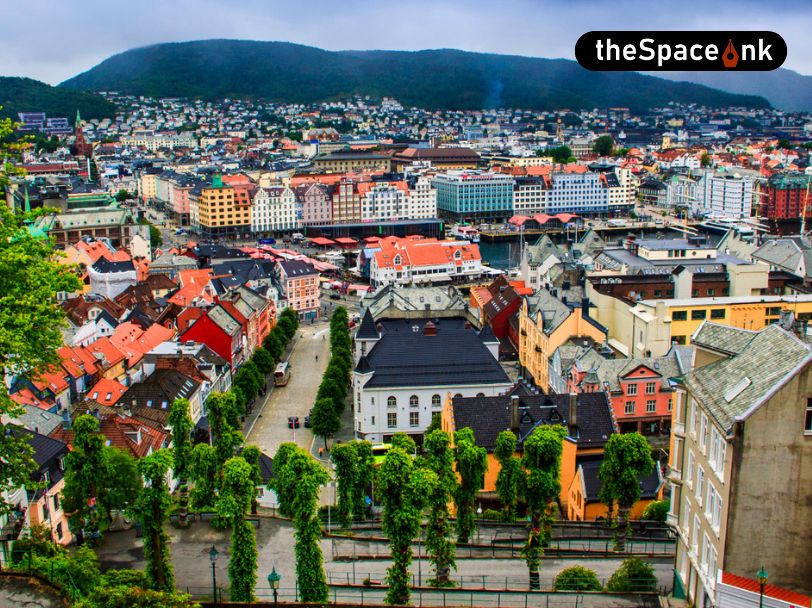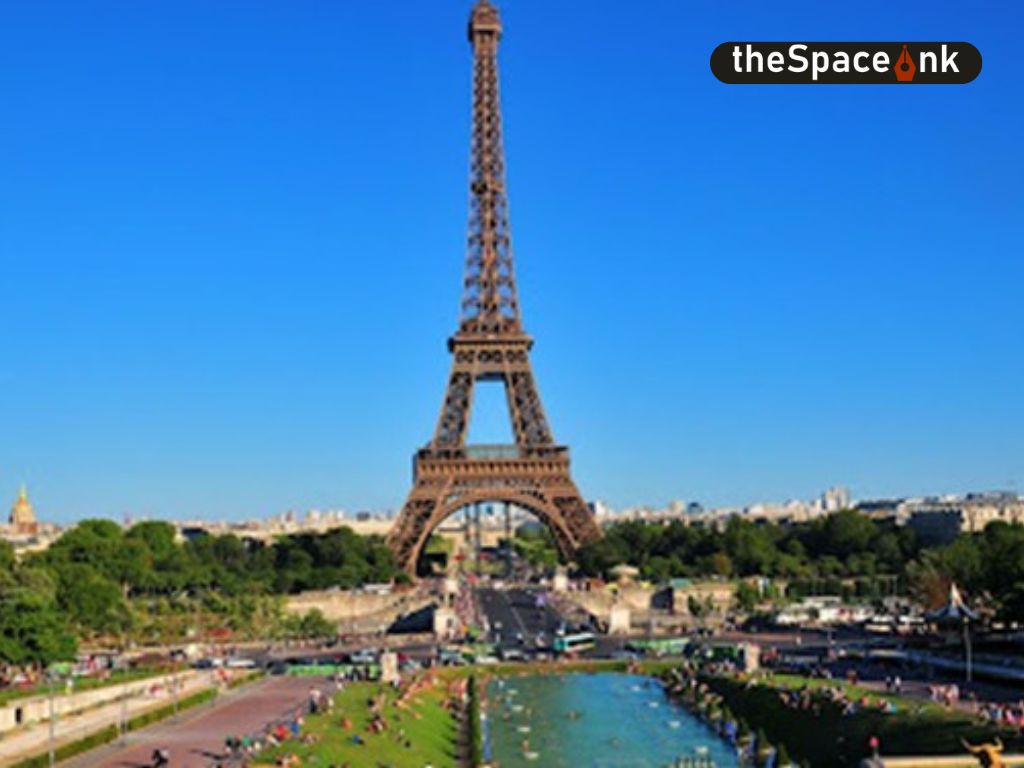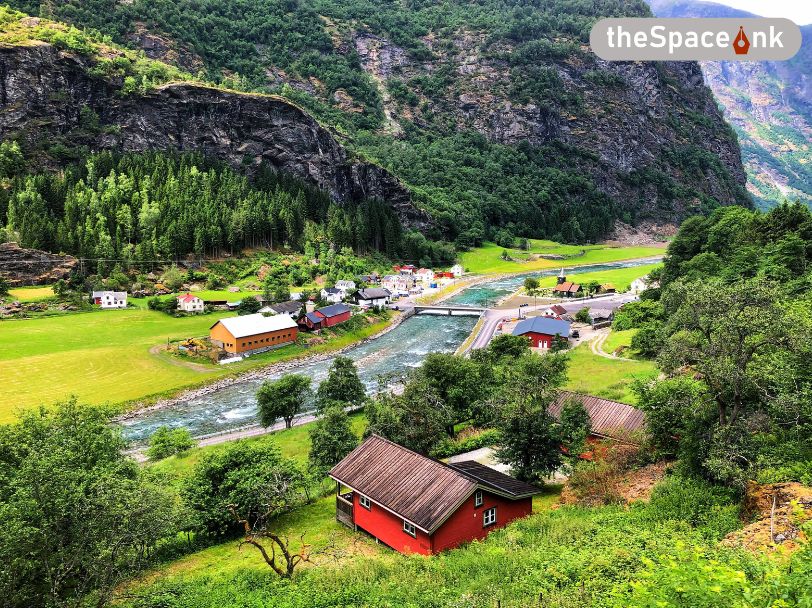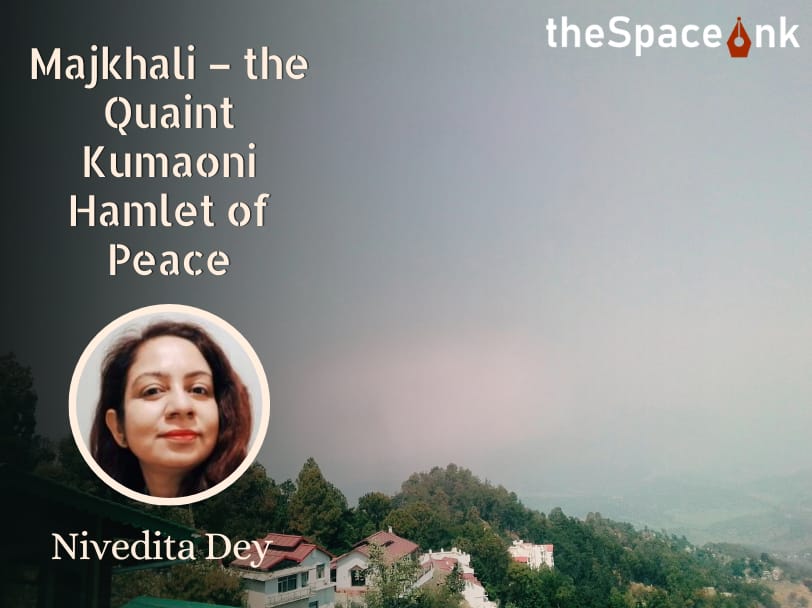Our appetite for travel remained unabated even after prolonged travel. Canada being a vast country exploring it in a month is impossible! My uncle and aunt-in-law prearranged the itinerary and logistics to ensure we get a seamless experience. This time it was a road trip to Quebec City and Montréal. If French history and lifestyle appeal to you, Quebec City and Montréal is a best match. Both the cities are a haven for performing artistes. Knowing French is an added bonus, but there is never a dull moment as the cities are bilingual and its netizens amiable.

It roughly takes ten hours to drive from Hamilton in Ontario to Quebec City, including the breaks for lunch, coffee and a brief rest at the tourist centres. My uncle-in-law being a car aficionado and a fitness enthusiast, traversed this distance with ease. We reached Quebec City in the evening, exhausted. Restful sleep and a hearty breakfast revived our energy to explore Quebec City by foot. Staying at Downtown gave us an access to all the landmarks, a wise counsel by Ankur, my brother-in-law.

Our first stop was the National Assembly of Quebec which was across the street. One must carry his/her passport as proof of identification to enter the building and has to undergo a stringent security check given it is a building of national importance. The façade of the building and the grand fountain or Fontaine de Tourny is a symbol of French influence. While this 19th-century building bears resemblance to most parliamentary houses across Europe, what makes it unique is the bass reliefs of carved figures that correspond with significant events in Quebec’s history. However, the interiors have a touch of contemporary without losing its vintage charm.

Since the legislative assembly was not in session, we could see both the Houses. The French style powder blue and pastel pink walls complemented the wooden furniture, frescoes on the ceiling and the chandeliers. Entering and exiting different rooms of the building felt like getting inside a time machine and leaving it soon after. Initially, Quebec had a bicameral legislature, but in 1968 the legislative council was abolished and the legislative assembly was renamed as the National Assembly. The corridor walls bedecked with trivia on the art pieces found inside the building are an interesting read. Such as the original crucifix that was introduced by Maurice Duplessis, the 16th premier of Quebec in 1936 was on display.

Next, we walked towards the Plains of Abraham where the British and French soldiers once fought for the occupation of Quebec on 13th September 1759. And was subsequently overtaken by the British. The arched gateways and solid grey walls of the once-fortified city stand as a symbol of French courage and resistance. It is known as Citadelle of Québec, and pronounced with a sophisticated French lilt. Today, the Plains of Abraham is a lush green lawn overlooking the mighty St. Lawrence River. This historic spot today offers a panoramic view of the river with five-star cruises docked at the harbour along with speedboats and yachts.

As we approached the main city gates, a soprano’s voice echoed, leading us to a crowd gathered around a singer in vintage French attire. Mesmerized by her powerful voice, I forgot to record. The bustling marketplace, lined with souvenir shops and open-air restaurants, exuded a classic European ambiance. Repurposed historic buildings retained traces of the past amidst modernity.
The Champlain Monument on Dufferin Terrace honours Quebec City’s founder, Samuel de Champlain. It’s a vibrant meeting point where historic landmarks like Place d’Armes and Château Frontenac contrast with modern artistes performing hip-hop and rock music. The striking UNESCO monument, crafted from glass, bronze, and granite, symbolizes Quebec City’s rich historical legacy. Awarded the title of ‘world heritage treasure’ in 1985, the city rightfully embodies this honour.

The Wolfe-Montcalm Monument, located behind the Château Frontenac Hotel, commemorates the courageous generals from both the French and British sides who lost their lives during the Plains of Abraham conflict. The hotel itself, a grand vintage establishment, is renowned for its breathtaking views of the river and the city. With its charming houses and churches, the cityscape evokes a distinctly French ambience, akin to a visit to France outside of Paris. The balanced dose of art and history makes Quebec City unforgettable.

It took us roughly two to three hours to reach Montréal by road. Twilight was setting in when we reached there. After dinner, we explored Montréal on foot and unexpectedly found ourselves in the midst of a cultural extravaganza. We stumbled upon a music-and-comedy festival that draws a global audience. The atmosphere was vibrant, with people dancing in the streets and laser displays illuminating the surrounding buildings. All the shows were open to everyone. Montréal, renowned as the cultural capital, boasts numerous active art societies and centres.

The city captivated me from the moment I arrived, sparking my curiosity about its origins. My quest led me to the Pointe-à-Callière, Montréal Archaeology and History Complex, where we discovered the original foundations dating back to its founding in 1642. In the museum’s basement lies the first cemetery of Montréal, a poignant reminder of its past. Immersive audio-visual presentations and well-preserved artifacts vividly depict Montréal’s evolution, from an Iroquoian village to a settlement established by Marguerite Bourgeoys and her company of nuns. Bourgeoy’s dedication was pivotal in shaping Fort Ville Marie into the Montréal we know today, along with the establishment of the Notre Dame congregation. The Notre Dame Basilica, adorned with stained-glass windows narrated Montréal’s founding story.

The basilica’s baroque-style interiors, adorned in brilliant blue, gold, and dark brown, showcase intricately-carved wooden galleries, pillars, and pews. Its massive organ is a notable feature, complemented by a dedicated prayer-room for silent reflection amid the basilica’s bustling tourist footfall. Statues of Mother Mary and Christ, revered by the first settlers, grace its halls.

The open space in front of the basilica is another place where artistes gather to perform. One can also sit near the fountain and take in the sights and sounds of the city. Your eyes will be busy admiring the old buildings, an ancient site where once the army was trained that now lies covered in grass, and the view of the marketplace from a distance. Be it the Greco-Roman architecture or the modest stone houses lining the pavement and cobbled streets of yore, museums and ancient churches, respect for Montréal’s historical legacy is clear. While the wall graffiti and contemporary art show the city tuned to the present.

The Notre-Dame-de-Bon-Secours Chapel near the waterfront was built due to the initiative of St. Marguerite Bourgeoys to boost the morale of the first settlers of Villla Marie. The statue of Mother Mary brought by her from France, stands on the roof of the rebuilt chapel blessing all a Montrealer. Especially, those heading out for a voyage. Bonsecours Market nearby, once a bustling marketplace, now hosts public offices and a modern marketplace, echoing its historical role as a hub for merchants, artistes, and the public.
Other grand churches dotting the cityscape are the Cathedral of Marie-Reine-du-Monde, St. Patrick’s Basilica, Rue St. Catherine and the Sulpician Seminary. You will be transported to old Montreal as you enter the churches, and take a break from the cacophony outside. When those old church bells chimed it provided solace, like it must have done for the first settlers.

A visit to Montréal remains incomplete without digging into a sumptuous poutine, the national dish of Canada in an open-air restaurant. Poutine is a combination of French fries served with minced meat of choice, a thick gravy, and cheese curds. Its salty aftertaste still lingers on. Vegetarian options are also available.

Montréal has something to offer for everyone. If you are an adventure seeker or an avid shopper, the waterfront has several entertainment options. We spent sometime there before taking a stroll towards the promenade. It was a delight watching the sea hawks hovering around the old buildings on the other side of the river. The quiet beauty of the scene took me over.

Montréal is like a big jigsaw puzzle where each piece fits in perfectly to create a complete picture. A city that will fire your imagination and bring out your creative side. A city that began as a settlement of colonisers, has a carved a niche for itself on the map of Canada. Not just old greets the new here, cultures collide to create a beautiful whole, that we call Montréal!

Summer is the Canadian’s favourite season, especially for outdoor enthusiasts. The warm sun provides respite after fall and winter. Tourists like us enjoy exploring Canada’s cities, benefiting from Canadians’ earnest approach to life and work. Our long-awaited visit became special when we visited family for the first time. Their warm hospitality made us feel at home. Funny incidents at the Mandarin’s buffet and frequent trips to Costco added to the experience. I savoured every moment, soaking in all Canada had to offer.
All Images: The Author
Surela has been writing features on lifestyle, health, art and culture for more than a decade. Her work has been widely published in both print and digital platforms. When not writing features, she dabbles in poetry and short stories. Recently her short story was published in an anthology titled 'The Flight of Deities: An Anthology of Desecration & Devotion'. She is a
bibliophile who enjoys reading both fiction, non-fiction and poetry. As a core member of a poet and writer’s community, 'Lampshade Writers' she has organised an in-person poetry reading event in Kolkata. She is a person of varied interests of which history and archaeological discoveries fascinate her the most. Spending hours in a museum is her favourite way to unwind. She loves travelling and is a pet parent to two loving rescued puppies. To read more of her works check - www.surela.in and https://medium.com/@surelachakraborty








